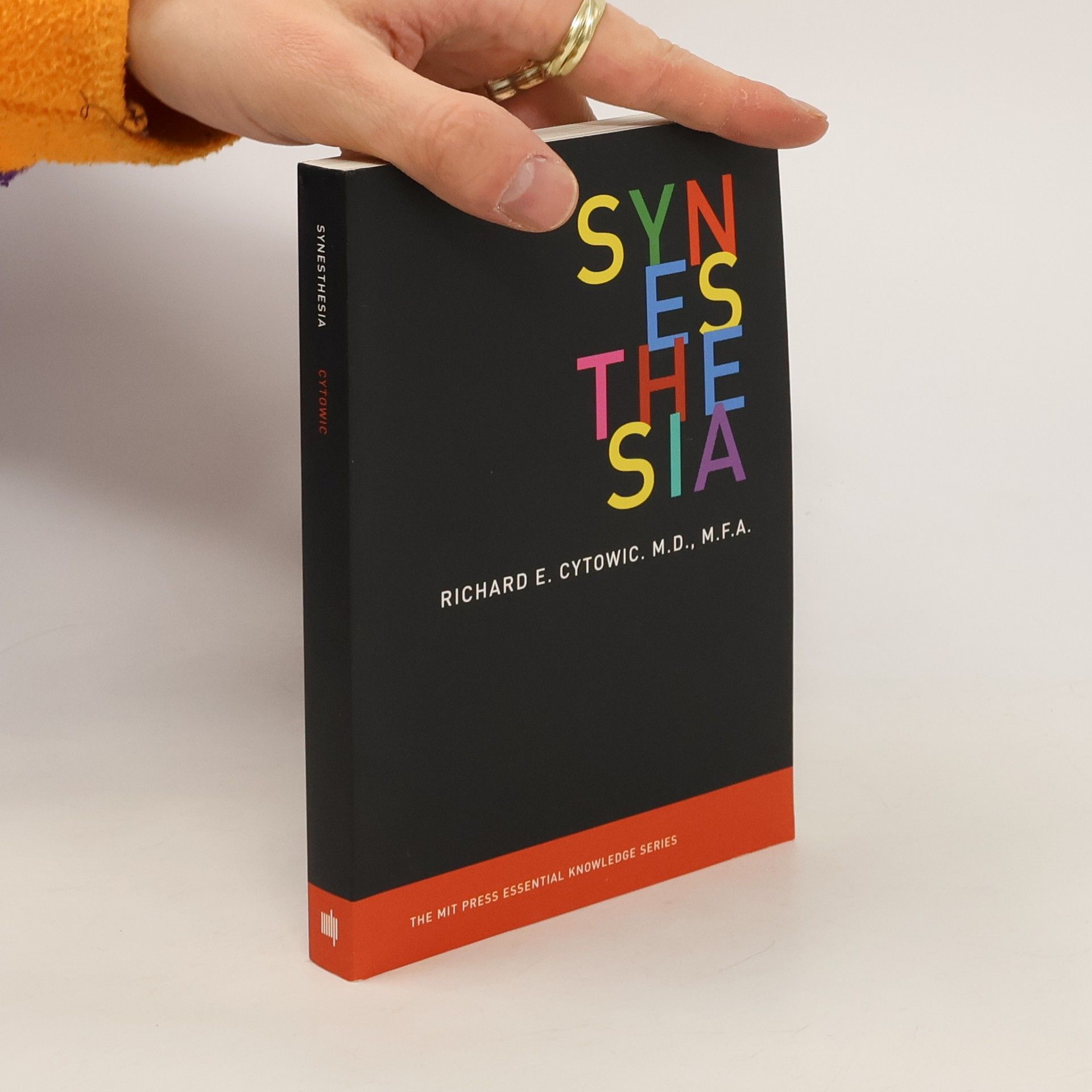Synesthesia
- 288bladzijden
- 11 uur lezen
One in twenty-three people carry the genes for the synesthesia. Not a disorder but a neurological trait - like perfect pitch - synesthesia creates vividly felt cross-sensory couplings. A synesthete might hear a voice and at the same time see it as a color or shape, taste its distinctive flavor, or feel it as a physical touch. In this volume in the MIT Press Essential Knowledge series, Richard Cytowic, the expert who returned synesthesia to mainstream science after decades of oblivion, offers a concise, accessible primer on this fascinating human experience.


